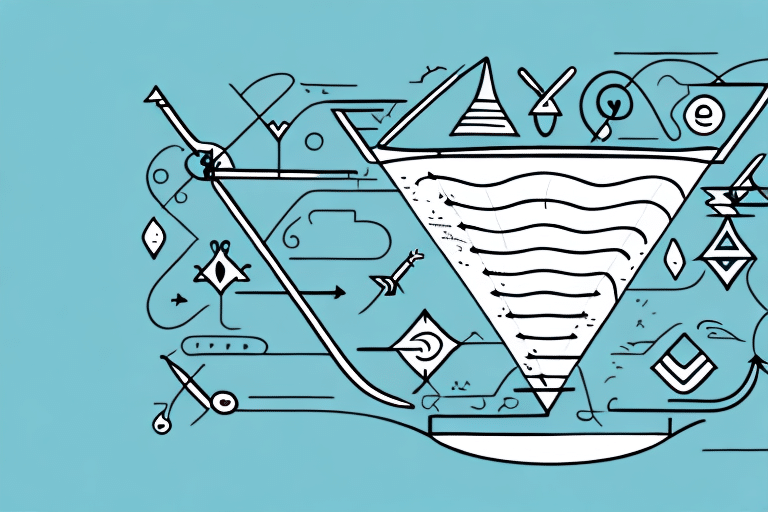Customer Retention vs Acquisition: Essential Insights for Business Growth
In the competitive landscape of business, understanding and effectively balancing customer retention and acquisition is paramount. Both are vital for sustainable growth, yet they demand distinct strategies and approaches. This article delves into the differences between customer retention and acquisition, highlights their importance, and presents strategies to enhance both, supported by current data and authoritative sources.
The Importance of Customer Retention and Acquisition
Customer retention refers to a company's ability to keep its existing customers and encourage repeat business. Conversely, customer acquisition involves attracting new customers to make their first purchase. Both are critical to a business's success and growth, as evidenced by research from the Harvard Business Review, which highlights that increasing customer retention rates by 5% can lead to an increase in profits of 25% to 95%.
Retaining existing customers is often more cost-effective than acquiring new ones. Loyal customers tend to spend more, purchase more frequently, and act as brand advocates. On the other hand, customer acquisition is essential for expanding market share and reaching new demographics, ensuring long-term business sustainability.
Differences Between Customer Retention and Acquisition
Strategies and Tactics
Customer retention strategies focus on enhancing the customer experience through personalized interactions, exceptional service, and loyalty programs. Acquisition strategies, however, prioritize marketing, advertising, and promotions to attract new customers.
Cost Implications
Retaining customers typically incurs lower costs compared to acquisition. Loyalty programs, personalized offers, and excellent customer service can effectively retain customers without the high expenses associated with marketing campaigns aimed at acquiring new clients.
Effective Customer Retention Strategies
Implementing robust retention strategies can significantly contribute to business growth. Here are some proven methods:
- Exceptional Customer Service: Train your support teams to be responsive, empathetic, and solution-oriented. According to Forbes, companies that excel in customer service see higher retention rates.
- Personalized Offers: Use customer data to tailor offers and recommendations, making customers feel valued and understood.
- Loyalty Programs: Implement programs that reward repeat purchases, fostering a sense of community and exclusivity.
- Feedback Mechanisms: Regularly collect and act on customer feedback to improve products and services, showing customers that their opinions matter.
Strategies for Customer Acquisition
Attracting new customers requires a strategic approach. Consider the following tactics:
- Targeted Advertising: Utilize data-driven insights to create focused marketing campaigns that reach potential customers effectively.
- Incentives for New Customers: Offer discounts, free trials, or other attractive incentives to encourage first-time purchases.
- Referral Programs: Encourage existing customers to refer friends and family by offering rewards for successful referrals.
Measuring Customer Retention and Acquisition
Accurate measurement of retention and acquisition efforts is crucial for optimizing strategies. Key metrics include:
- Repeat Purchase Rate: Measures the percentage of customers who make multiple purchases over a specific period.
- Customer Lifetime Value (CLV): Estimates the total revenue a business can expect from a single customer account.
- Customer Churn Rate: Indicates the percentage of customers who stop using a company's products or services during a certain timeframe.
- Cost Per Acquisition (CPA): Calculates the cost associated with acquiring a new customer.
- Net Promoter Score (NPS): Gauges customer loyalty and satisfaction based on their likelihood to recommend the business to others.
Balancing Retention and Acquisition for Optimal Growth
Maintaining a balance between retention and acquisition is essential for sustained growth. Here are strategies to achieve this balance:
- Set Clear Objectives: Define specific goals for both retention and acquisition to ensure resources are allocated effectively.
- Leverage Technology: Utilize CRM systems and marketing automation tools to streamline processes and personalize customer interactions.
- Enhance Customer Experience: Focus on delivering a seamless and personalized experience to both new and existing customers.
- Regularly Monitor Metrics: Continuously track key performance indicators to assess the effectiveness of your strategies and make data-driven adjustments.
Technology's Role in Retention and Acquisition
- Customer Relationship Management (CRM) Systems: Enable businesses to manage customer interactions and data efficiently.
- Marketing Automation: Streamlines marketing tasks, allowing for more personalized and timely communication with customers.
- Social Media Platforms: Serve as powerful tools for both engaging existing customers and attracting new ones through targeted campaigns and influencer partnerships.
Common Mistakes to Avoid
To maximize the effectiveness of your retention and acquisition efforts, avoid these common pitfalls:
- Ignoring Data Insights: Data-driven decision-making is crucial. Neglecting to analyze customer data can lead to ineffective strategies.
- Poor Customer Experience: Failing to prioritize customer satisfaction can harm both retention and acquisition efforts.
- Overemphasis on Sales: An overly sales-focused approach can alienate customers. Focus on building relationships instead.
- Resistance to Change: Adapt to evolving customer needs and market trends to stay competitive.
Successful Companies Balancing Retention and Acquisition
Numerous companies exemplify the successful balance of customer retention and acquisition:
- Amazon: Utilizes personalized recommendations and excellent customer service to retain customers while aggressively expanding its market reach.
- Zappos: Known for its exceptional customer service, Zappos has built a loyal customer base that drives repeat business and referrals.
- Airbnb: Combines targeted marketing campaigns with a user-friendly platform to attract new customers and retain existing ones through community building.
Conclusion: Achieving Sustainable Growth
Balancing customer retention and acquisition is crucial for the sustained growth and success of any business. By focusing on delivering exceptional customer experiences, leveraging technology, and making data-driven decisions, businesses can effectively retain existing customers while continuously attracting new ones. Regularly measuring key metrics and adapting strategies as needed will ensure that both retention and acquisition efforts contribute to long-term profitability and market presence.






















